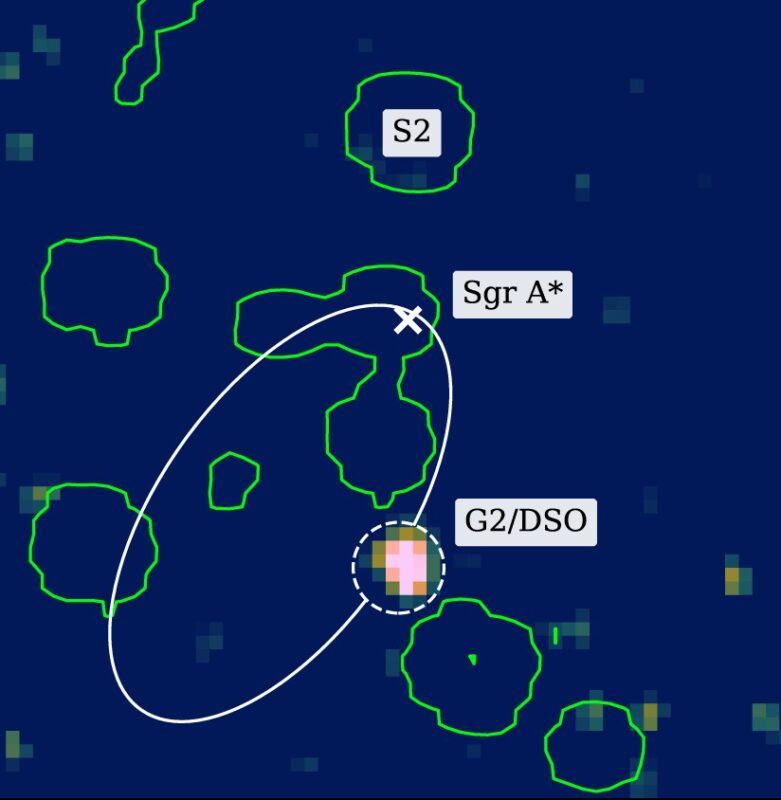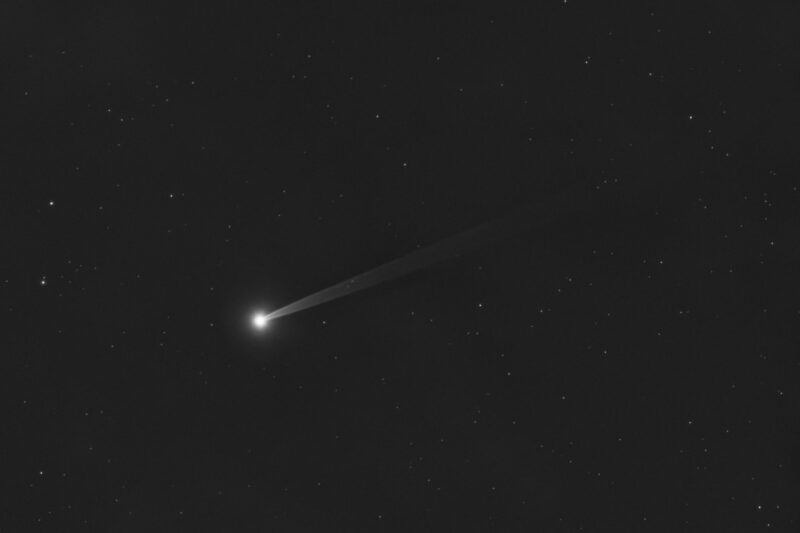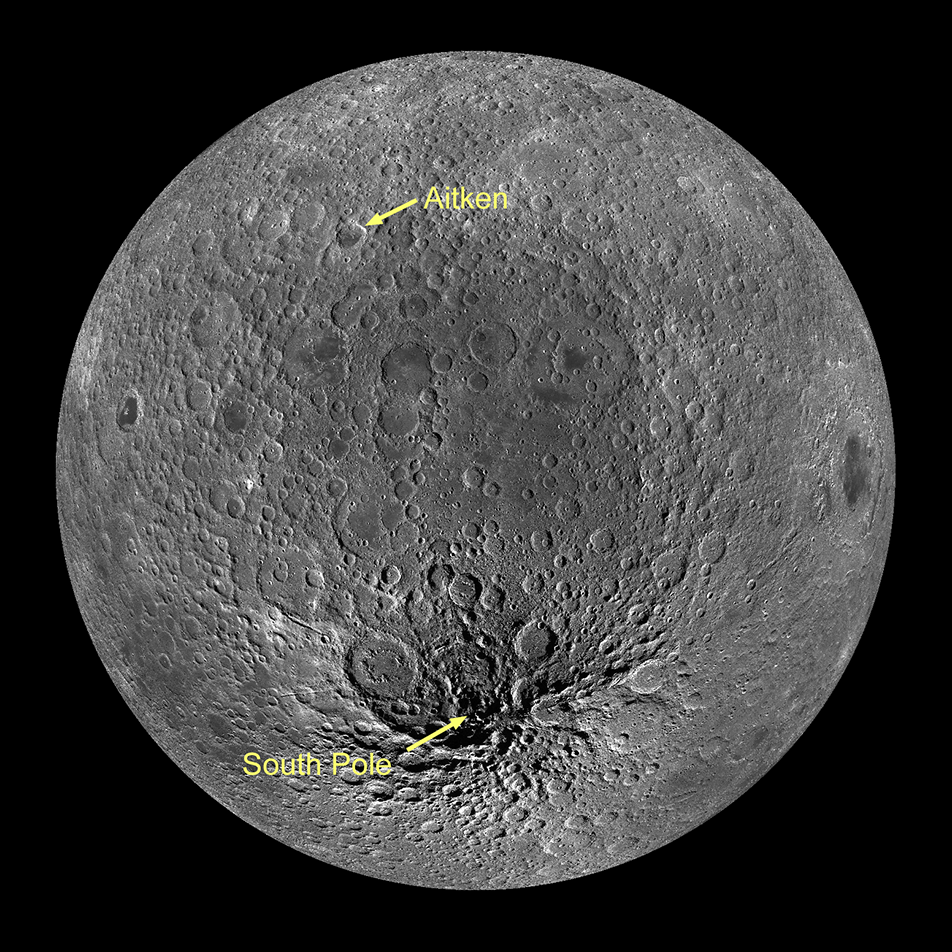Now Reading: Are dark dwarfs lurking in the heart of the Milky Way?
-
01
Are dark dwarfs lurking in the heart of the Milky Way?
Are dark dwarfs lurking in the heart of the Milky Way?
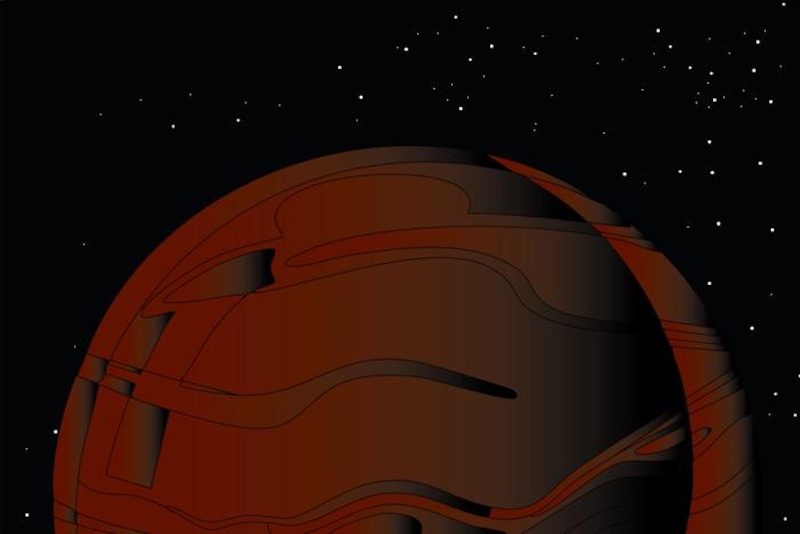
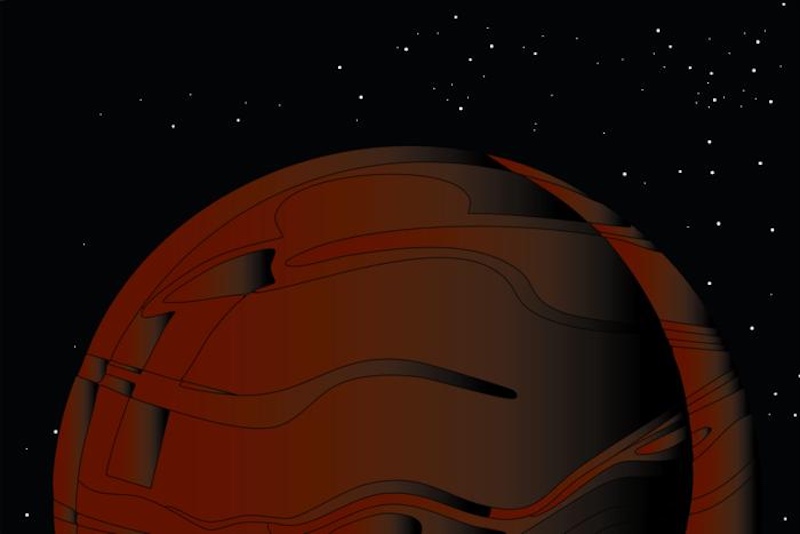
- Dark matter is a weird substance that scientists say makes up about 25-27% of the universe. It doesn’t emit light, so we can’t see it directly. So what is it?
- Dark dwarfs in the center of our galaxy could help solve the mystery. These are theoretical dwarf stars that contain a lot of dark matter.
- But first, we need a way to positively identify dark dwarfs, if they exist.
Are dark dwarfs lurking in the heart of the Milky Way?
You’ve heard of small stars such as red dwarfs and white dwarfs, as well as failed stars called brown dwarfs. But what about dark dwarfs? Dark dwarfs are theoretical low-mass stars containing the strange substance we call dark matter. Now, an international team of researchers led by Durham University in the U.K. thinks dark dwarfs at the center of the Milky Way could help scientists better understand what dark matter really is. The researchers said on July 7, 2025, that they hypothesize dark matter consists of specific heavy particles called WIMPs. But testing that requires a concrete way of identifying dark dwarfs.
Scientists think dark matter composes about 25-27% of the universe. It doesn’t emit light, so we can’t see it directly with the unaided eye. If dark dwarfs do exist, they are most likely in the center of our galaxy, where dark matter is more abundant.
Lead author Djuna Croon of Durham University and team published their peer-reviewed findings in the Journal of Cosmology and Astroparticle Physics on July 7, 2025.
Dark matter candidates
Even though scientists know dark matter exists, they still don’t know for sure exactly what it is or what it’s made of. They have proposed various hypotheses and candidates, but the answer is still elusive. Jeremy Sakstein is a professor of physics at the University of Hawaii. He said:
We think that 25% of the universe is composed of a type of matter that doesn’t emit light, making it invisible to our eyes and telescopes. We only detect it through its gravitational effects. That’s why we call it dark matter.
One of the leading candidates for dark matter is Weakly Interacting Massive Particles (WIMPs). These particles are massive, but only weakly interact with ordinary matter. Indeed, they would seem to be an ideal candidate for dark matter. They don’t emit light and don’t respond to electromagnetic forces. This means they don’t reflect light either, remaining invisible. Scientists can only study them through their gravitational effects. Could they be what dark dwarfs are made of, too?
What are dark dwarfs?
Dark dwarfs are a theoretical type of cold, low-mass dwarf star. But they are unique in that scientists say they can capture dark matter. As a result, dark matter becomes part of their composition. Scientists theorize they are more common in the center of the Milky Way, where the concentration of dark matter is greater.
Sakstein said:
Dark dwarfs are very low mass objects, about 8% of the sun’s mass.
Dark matter interacts gravitationally, so it could be captured by stars and accumulate inside them. If that happens, it might also interact with itself and annihilate, releasing energy that heats the star.
Scientists think dark dwarfs begin as brown dwarfs. Those are objects larger than planets but smaller than stars, often called failed stars. But if those brown dwarfs are in a region where there is a lot of dark matter, they can collect that dark matter. Consequently, the dark matter becomes part of the brown dwarf and the brown dwarf becomes a dark dwarf. The dark matter particles would then collide with and destroy each other inside the brown dwarf, producing energy. As Sakstein explained:
These objects collect the dark matter that helps them become a dark dwarf. The more dark matter you have around, the more you can capture. And, the more dark matter ends up inside the star, the more energy will be produced through its annihilation.
The energy from the dark matter could keep dark dwarfs glowing with energy for billions of years.
Dark dwarfs need WIMPs
But this is only possible if dark dwarfs consist of a certain type of dark matter, WIMPs, or if they’re made of similar heavy particles that can interact to produce visible energy. Sakstein said:
For dark dwarfs to exist, dark matter has to be made of WIMPs, or any heavy particle that interacts with itself so strongly to produce visible matter.
Could mysterious dark dwarfs be hiding at the centre of our galaxy?Researchers from our Physics department have helped uncover clues to these unusual objects powered not by fusion, but by dark matter.Learn more: durham.ac.uk/news-events/… @nam25-durham.bsky.social
— Durham University (@durham-university.bsky.social) 2025-07-09T13:57:28.093Z
SISSA Medialab: Dark Dwarfs Lurking at the Center of Our Galaxy Might Hint at the Nature of Dark Matter www.eurekalert.org/news-release…
— AAS Press Office (@press.aas.org) 2025-07-08T21:10:37.095Z
How to identify dark dwarfs
So scientists think dark dwarfs should exist, but how can they identify these strange objects? The researchers suggest looking for the chemical element lithium-7. It is by far the most common isotope of lithium. In most stars it is destroyed, but it could still exist inside dark dwarfs. As Sakstein explained:
There were a few markers, but we suggested the lithium-7 because it would really be a unique effect. So if you were able to find an object which looked like a dark dwarf, you could look for the presence of this lithium because it wouldn’t be there if it was a brown dwarf or a similar object.
Sakstein also suggested another possibility for detection, saying:
The other thing you could do is to look at a whole population of objects and ask, in a statistical manner, if it is better described by having a sub-population of dark dwarfs or not.
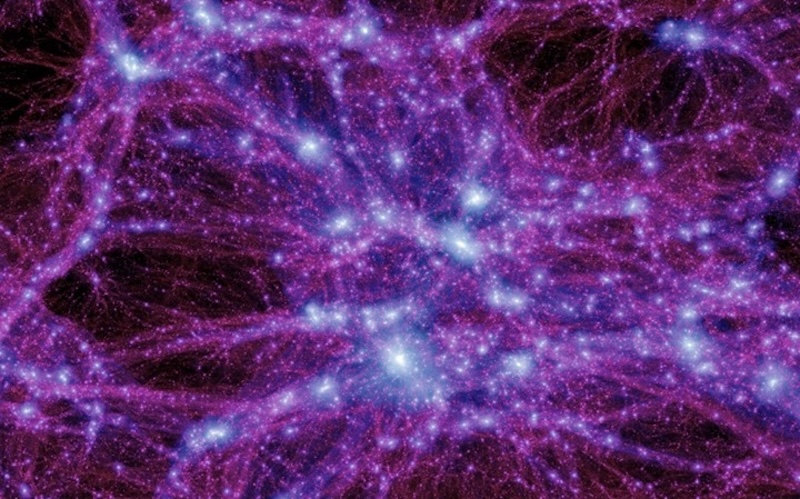
Do dark dwarfs prove dark matter is made of WIMPs?
If astronomers are indeed able to find actual dark dwarfs, would that prove dark matter is composed of WIMPs? Sakstein thinks it would be compelling, saying:
Reasonably strong. With light dark matter candidates, something like an axion, I don’t think you’d be able to get something like a dark dwarf. They don’t accumulate inside stars. If we manage to find a dark dwarf, it would provide compelling evidence that dark matter is heavy, interacts strongly with itself, but only weakly with the Standard Model [of particle physics]. This includes classes of WIMPs, but it would include some other more exotic models as well. Observing a dark dwarf wouldn’t conclusively tell us that dark matter is a WIMP, but it would mean that it is either a WIMP or something that, for all intents and purposes, behaves like a WIMP.
Bottom line: Do dark dwarfs – theoretical dwarf stars made of dark matter – exist in our galaxy? New research suggests how and where to find them.
Via SISSA Medialab/ EurekAlert!
Read more: Could we find dark matter in clouds around neutron stars?
Read more: Dark matter black holes could make Mars wobble
The post Are dark dwarfs lurking in the heart of the Milky Way? first appeared on EarthSky.
Stay Informed With the Latest & Most Important News
Previous Post
Next Post
-
 012024 in Review: Highlights from NASA in Silicon Valley
012024 in Review: Highlights from NASA in Silicon Valley -
 02Panasonic Leica Summilux DG 15mm f/1.7 ASPH review
02Panasonic Leica Summilux DG 15mm f/1.7 ASPH review -
 03How New NASA, India Earth Satellite NISAR Will See Earth
03How New NASA, India Earth Satellite NISAR Will See Earth -
 04And Thus Begins A New Year For Life On Earth
04And Thus Begins A New Year For Life On Earth -
 05Astronomy Activation Ambassadors: A New Era
05Astronomy Activation Ambassadors: A New Era -
06SpaceX launch surge helps set new global launch record in 2024
-
 07From Polymerization-Enabled Folding and Assembly to Chemical Evolution: Key Processes for Emergence of Functional Polymers in the Origin of Life
07From Polymerization-Enabled Folding and Assembly to Chemical Evolution: Key Processes for Emergence of Functional Polymers in the Origin of Life













